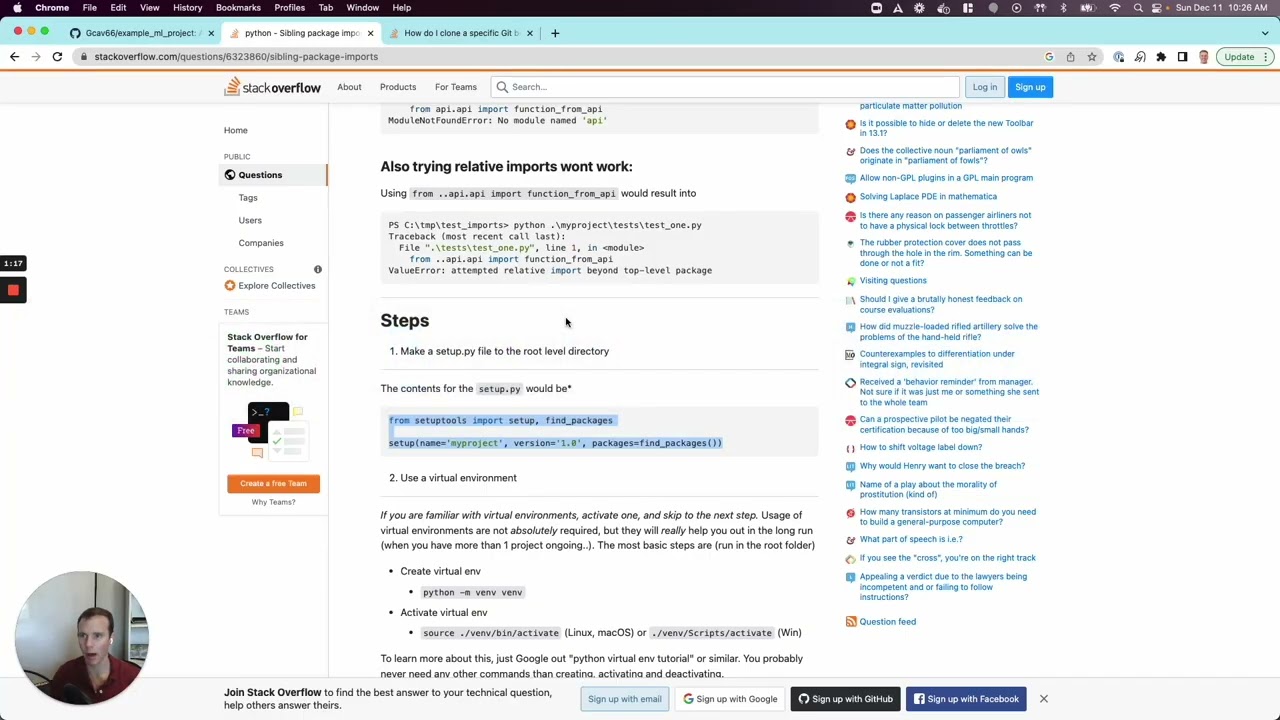How to solve the ModuleNotFoundError: No module named ‘ansible’ issue

In the ever-evolving world of software development and system administration, issues often arise that can disrupt workflow and productivity. One common problem that many users encounter is the ModuleNotFoundError: No module named ‘ansible’. This error can be particularly frustrating for those who rely on Ansible for automation purposes. In this article, we will explore the various ways to resolve this issue, providing in-depth explanations and helpful information to get you back on track as quickly as possible.
Understanding the Basics of Ansible and Its Importance
Ansible is an open-source automation tool that enables IT professionals to manage servers and applications efficiently. With its simple, agentless architecture, you can automate a multitude of tasks like configuration management, application deployment, and task execution across an entire infrastructure. Ansible is particularly favored for its ease of use and ability to orchestrate large-scale environments seamlessly.
When users encounter the ModuleNotFoundError: No module named ‘ansible’, they usually find themselves blocked from utilizing a critical component of their automation strategy. Understanding why this error occurs is vital before diving into solutions.
Common Causes of the Error
- Ansible Not Installed: The most straightforward reason for encountering this error is that Ansible may not be installed on your system. If you have never installed it, this will be the first step to take.
- Virtual Environment Issues: If you are using a virtual environment, it’s possible that Ansible is not installed within that environment, leading to this error when trying to execute a command.
- Python Path Conflicts: Python sometimes has issues with its path settings, which can lead to Ansible being unrecognized in your working directory.
- Incorrect Installation: There might be cases where Ansible was installed incorrectly, leading to an incomplete or corrupted installation.
How to Solve the ModuleNotFoundError: No module named ‘ansible’
To fix the ModuleNotFoundError: No module named ‘ansible’, follow this step-by-step guide that outlines various troubleshooting strategies:
1. Checking If Ansible Is Installed
The first step in addressing the error is to verify whether Ansible is installed on your system. If not, you will need to install it. Open your terminal and run the following command:
ansible --versionIf this command returns a version number, then Ansible is installed. If not, you will see a message indicating that the command is not found.
2. Installing Ansible
If Ansible isn’t installed, you may install it using Python’s package manager, pip. To do this, execute the following command:
pip install ansibleThis command will download and install the latest version of Ansible. If you are using Python 3 (which is highly recommended), you might want to use pip3 instead:
pip3 install ansibleWait for the installation to finish, and then check again with ansible --version.
3. Verifying Virtual Environments
If you’re utilizing a virtual environment, activate it in your terminal before checking for Ansible:
source your_virtualenv/bin/activateOnce activated, use the same installation commands as above. It’s crucial to install Ansible within the virtual environment, or else the module will remain unavailable.
4. Reviewing Python Paths
If Ansible is installed and you’re still encountering the error, your Python path may be misconfigured. You can check the installed packages using:
pip listThis will show all installed packages, including Ansible. If it appears there but is not recognized, consider modifying your PYTHONPATH. You may set your PYTHONPATH as follows:
export PYTHONPATH=$PYTHONPATH:/path/to/ansibleThis change will allow Python to locate the Ansible installation properly.
Best Practices When Using Ansible
Understanding how to use Ansible effectively can help prevent potential errors, including the dreaded ModuleNotFoundError: No module named ‘ansible’. Here are some best practices to follow:
1. Regular Updates
Keeping Ansible updated is vital for maintaining compatibility and access to new features. You can update Ansible using pip:
pip install --upgrade ansibleRegularly checking for updates will also help mitigate potential errors before they become issues.
2. Using Virtual Environments
Using a virtual environment for your Python projects can help isolate dependencies, preventing version conflicts and issues with missing modules. This practice is essential for distinguishing multiple projects that may rely on different versions of a library.
3. Documentation
The official Ansible documentation is robust and provides in-depth examples, guidelines, and troubleshooting advice. Always refer to the documentation if you’re encountering problems. You can find it at Ansible Documentation.
4. Consistency in Environment
Strive for a consistent workspace across various environments. Whether developing on a local machine, staging, or production servers, consistency will help ensure that your setup is predictable and minimize issues like missing modules.
Advanced Troubleshooting Techniques
If you’ve gone through all the aforementioned steps and are still facing challenges related to the ModuleNotFoundError: No module named ‘ansible’, more in-depth troubleshooting might be necessary. Here are additional techniques:
1. Reinstalling Ansible
Sometimes a simple reinstallation can help resolve lingering errors. First, uninstall Ansible:
pip uninstall ansibleThen, install it again:
pip install ansibleThis process will ensure that you have a fresh and intact installation.
2. Environment Variables
Check your environment variables to ensure nothing is interfering with your Ansible installation. Review variables like PYTHONPATH carefully as they could affect module resolution.
3. Permissions Issues
Sometimes, permissions can be at the heart of the problem. Confirm that your user has the appropriate permissions to access the Ansible module and its associated directories. You can often resolve permissions issues by using:
sudo pip install ansibleHowever, be cautious with sudo, as it can inadvertently change ownership of files.
4. Consult Community Forums
If all else fails, don’t hesitate to seek assistance in community forums. Websites like Stack Overflow or Ansible’s own community pages are invaluable resources. Frequently, other users may have encountered similar challenges and can offer solutions or workarounds.
In summary, encountering the ModuleNotFoundError: No module named ‘ansible’ can disrupt your automation tasks. By understanding the root causes and implementing the troubleshooting methods discussed in this article, you can effectively address this issue and continue leveraging Ansible’s powerful capabilities for your automation needs.





